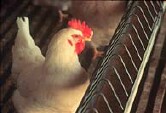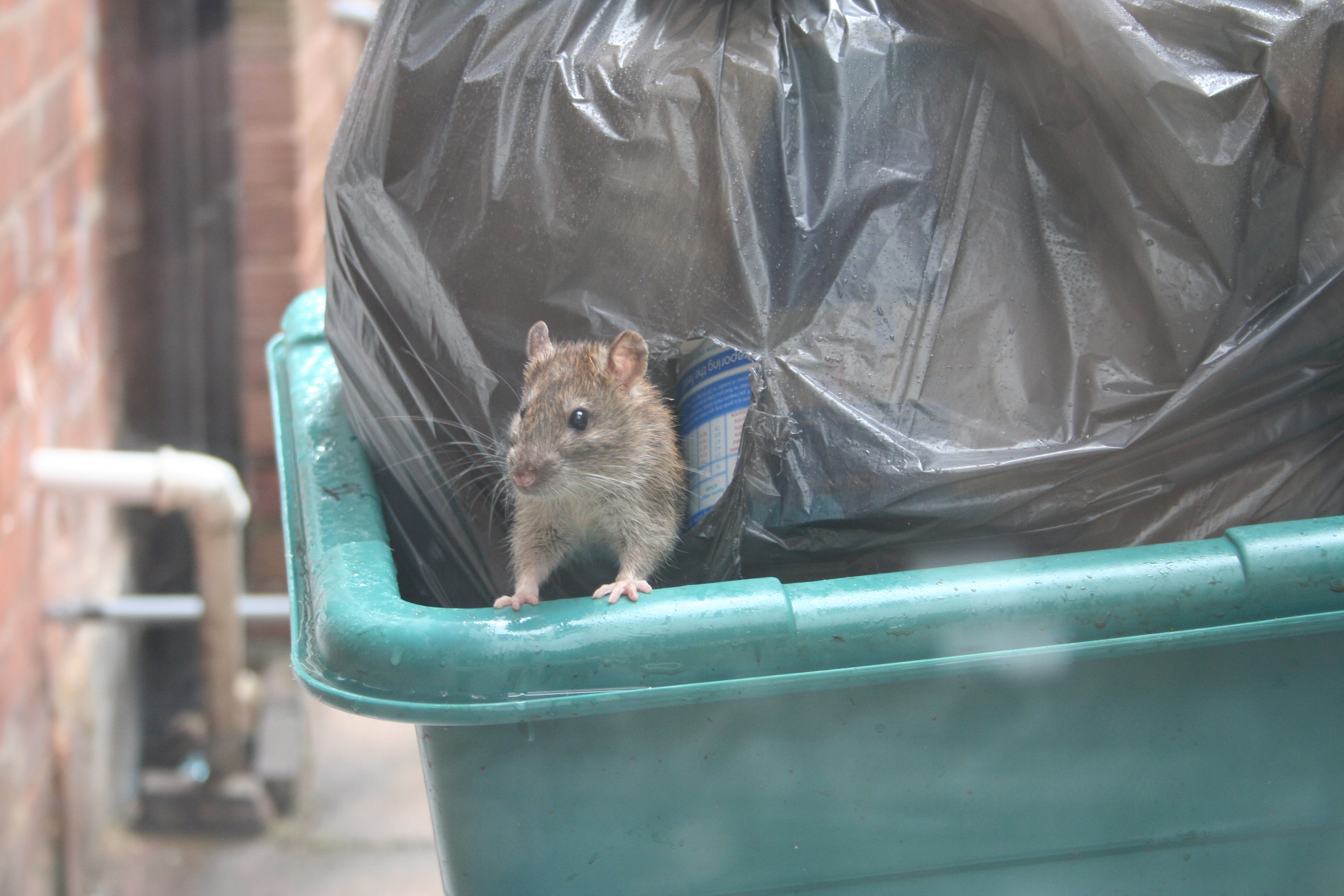
TUESDAY, Jan. 19 (HealthDay News) — Birds don’t become sick when exposed to the H1N1 influenza strains that caused the 1918 and 2009 global flu pandemics, a finding that suggests birds played no role in the spread of the pandemic-causing viruses, according to a new study.
Researchers injected the 1918 and 2009 H1N1 flu virus strains into chickens. After 18 days, none of the birds had developed flu symptoms or showed any signs of tissue damage. The 1918 H1N1 virus also didn’t cause disease in ducks, the study authors reported in the February issue of the Journal of General Virology.
“Working out how major human pandemic flu viruses affect birds and other domestic animal species is crucial in discovering what role, if any, they play in spreading viruses in the human population,” research leader Shawn Babiuk, a scientist at the Canadian Food Inspection Agency’s Center for Foreign Animal Disease, said in a news release from the Society for General Microbiology.
This type of information can help guide decisions about how to respond to influenza outbreaks in poultry.
“These findings support the use of normal veterinary management practices in poultry infected with pandemic 2009 H1N1 influenza and demonstrate that quarantining and culling infected stocks is not necessary,” said Babiuk, who added that viruses can behave unpredictably.
“Our understanding of exactly how influenza viruses go on to cause pandemics is still limited,” Babiuk added. “Although our research indicates that birds are unlikely to have played a part in the spread of the 1918 and latest 2009 H1N1 pandemic viruses, they may well still play a part in future pandemics.”
More information
The U.S. Centers for Disease Control and Prevention has more about flu pandemics.

